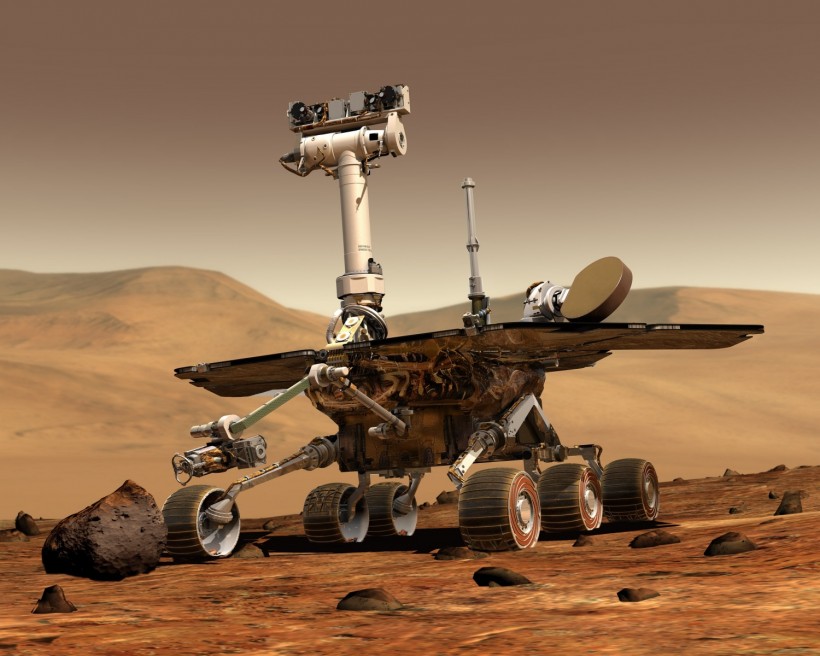NASA has decided to give Ingenuity a break to allow its batteries to recharge while Mars is in the winter and dust season. The helicopter is expected to come back in the air in early August NASA's Jet Propulsion Laboratory explained that there's more dust on the Red Planet during the Martian winter season and less sunshine to help replenish Ingenuity's batteries. It's the reason the team decided to give the helicopter's batteries a break for a few weeks. The break would help build the helicopter's daily state of charge back up.

Gray and White Robot
NASA Ingenuity and Other Rovers During Mars Winter Season
Mars has an axis that is slightly tilted with respect to its orbital plane, just like Earth. As a result, throughout the course of a year, the planet's northern and southern hemispheres get varying amounts of sunlight, giving rise to several seasons. Over the next weeks, the Martian winter will cause an increase in airborne dust, blocking the sunlight Ingenuity needs to recharge.
Other rovers entered hibernation due to the Martian winter. One example was China's Zhurong, which took a break on May 18.
The agency is confident that Ingenuity would be able to survive during the winter despite the threat that the Opportunity rover experienced. In 2018, the rover was killed by a massive sun-blocking dust storm.
ALSO READ: NASA Ingenuity Helicopter Readies For 14th Flight; Will Flying This Copter Challenging?
NASA Ingenuity Updates
Ingenuity was launched in the summer of 2020 and landed in February 2021 in Mars' Jezero Crater. Weeks after, Perseverance launched the helicopter weeks later and the rover made its first flight on April 19, 2021, which lasted 39 seconds while hovering around 10 feet above the Martian's soil.
The helicopter was never intended for anything other than a demonstration and a tool to test the technology to guide future missions. But the rover outperformed early projections, and it has since completed several flights. To date, Ingenuity has flown 29 times for a total of 55 minutes, significantly beyond the five flights originally planned for the mission.
In March, NASA stated that it anticipated Ingenuity to continue operations until September and that it would be flying over various terrain distinct from what it had previously explored.
"Less than a year ago, we didn't even know if powered, controlled flight of an aircraft at Mars was possible," said Thomas Zurbuchen, the associate administrator of Nasa's Science Mission Directorate.
He added that they anticipated Ingenuity's participation in Perseverance's second science campaign. He noted that the transformation would be one of the most historic moments in the history of air and space travel.
Ingenuity briefly lost touch with Earth in May 2022 due to a reduction in battery life, of which the bulk is used for heating, as Wired reported. After two days, NASA communicated with Ingenuity again, but due to continued low temperatures and battery levels that fell below 70%, Ingenuity would stop using its onboard heaters at night to conserve power for the duration of the four-month winter.
Normally, heaters operate when the outside temperature drops below -5 degrees Fahrenheit. But after the battery power and communications failure, that threshold was lowered to -40 degrees.
RELATED ARTICLE: NASA Thanks Ingenuity Helicopter For Its 'Important Milestone;' Here's Why
Check out more news and information on Space in Science Times.














